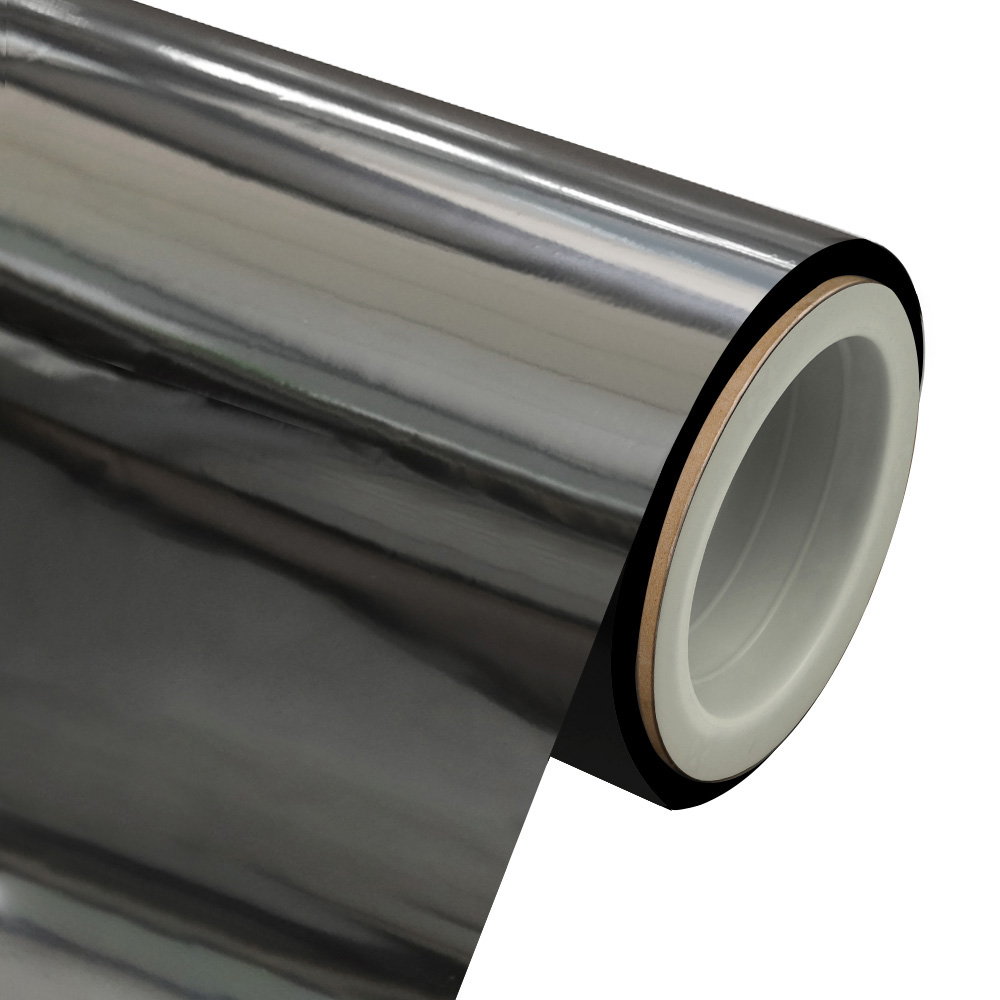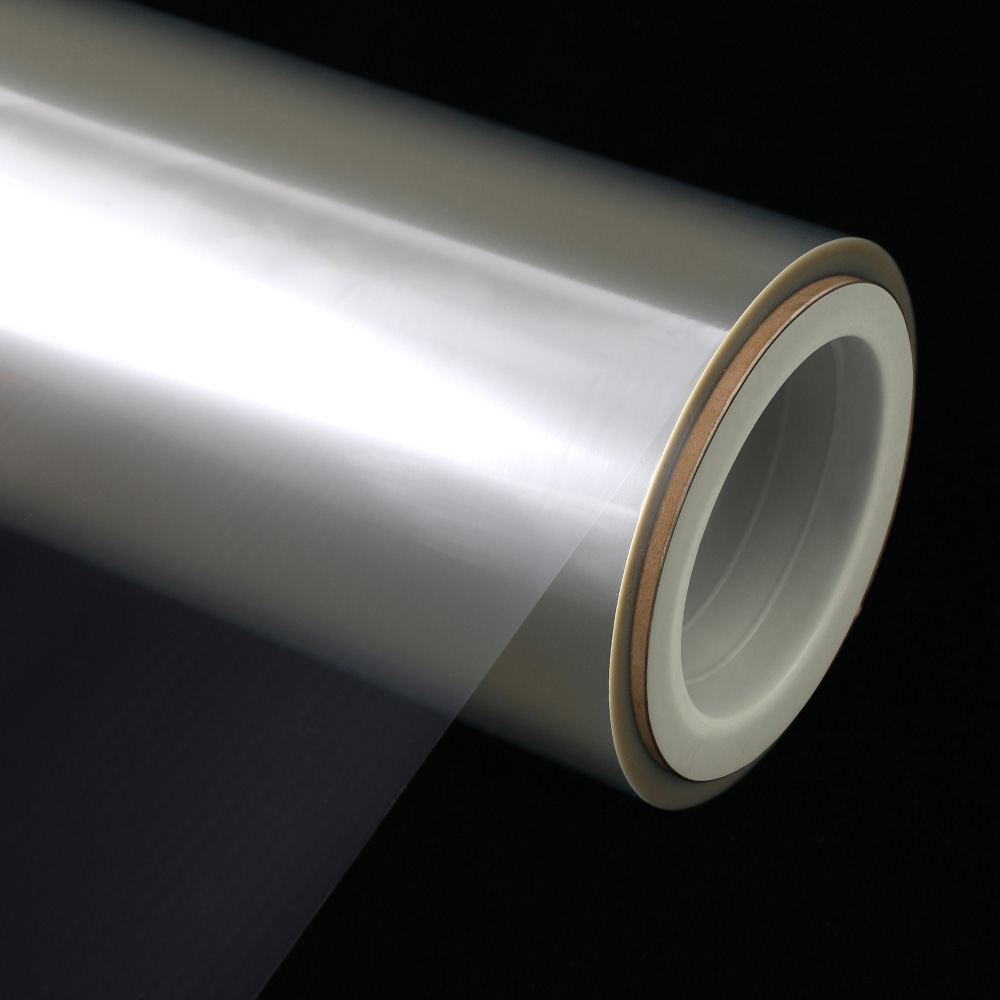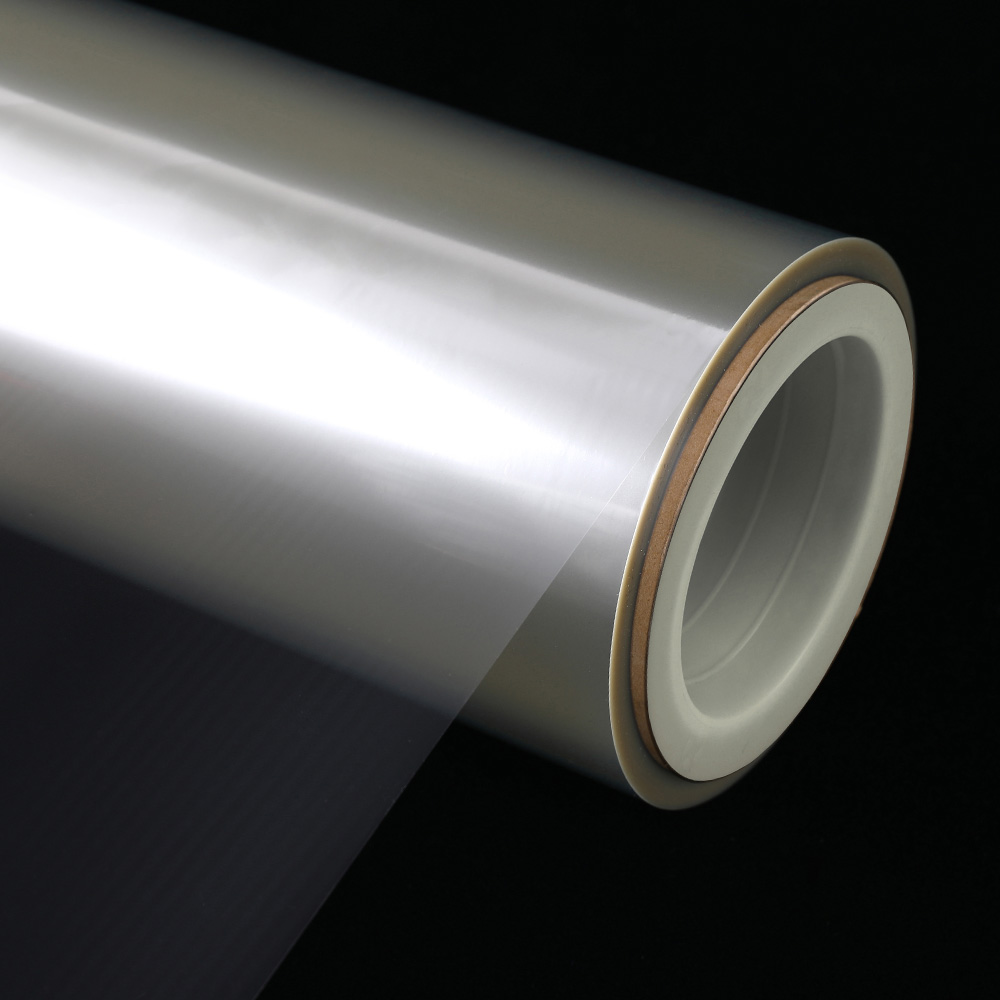PVDC Coated Film: Multifaceted Responsibilities from Science to Packaging
In the world of packaging, where innovation and functionality are paramount, coated films have emerged as a transformative solution, redefining how products are preserved, presented, and protected. Among these, PVDC (Polyvinylidene Chloride) coated film stands out as a versatile and high-performance material, offering unparalleled barrier properties that extend shelf life and enhance product integrity.
PVDC coated film is essentially a base film, such as PET (Polyethylene Terephthalate), BOPP (Biaxially Oriented Polypropylene), or BOPA (Biaxially Oriented Polyamide), coated with one or multiple layers of PVDC. This process creates a film with exceptional barrier capabilities, capable of significantly reducing oxygen transmission rates. This high barrier property is crucial for applications where preserving freshness, flavor, and nutritional value is essential, such as in household wraps, food, medical, and pharmaceutical packaging.
PVDC itself is a clear and flexible synthetic thermoplastic, produced through the polymerization of vinylidene chloride. Its transparency and high gloss make it an aesthetically pleasing option for packaging, while its outstanding oxygen and moisture barrier properties rival those of metalized films. This combination of clarity and functionality has made PVDC a staple in the packaging industry since its industrialized production began in the 1930s by DOW Chemical in the United States.
One of the most notable applications of PVDC coated film is in food packaging. By preventing the ingress of oxygen and moisture, it helps to maintain the freshness and flavor of food products, extending their shelf life and reducing waste. This is particularly beneficial for perishable items like meat, cheese, and baked goods, where even small amounts of oxygen can lead to spoilage.
In the medical and pharmaceutical sectors, PVDC coated film is used to package sensitive products that require a sterile environment. Its high barrier properties protect against contaminants, ensuring the efficacy and safety of medications and medical devices.
Beyond its barrier capabilities, PVDC coated film also offers resistance to grease and oil, making it ideal for packaging fatty or oily foods. It also has good aroma retention properties, which is important for preserving the scent and taste of products like coffee and spices.
PVDC coated film is not only functional but also highly adaptable. It can be easily extruded and laminated with other materials, allowing for the creation of multi-layer structures that offer even greater protection. It is also printable using common ink systems, enabling brands to showcase their logos, product information, and marketing messages directly on the packaging.
PVDC coated film is microwavable, making it a convenient option for ready-to-eat meals and snacks. This versatility makes it a popular choice for manufacturers looking to streamline their packaging processes and reduce costs.


 English
English  中文简体
中文简体 





